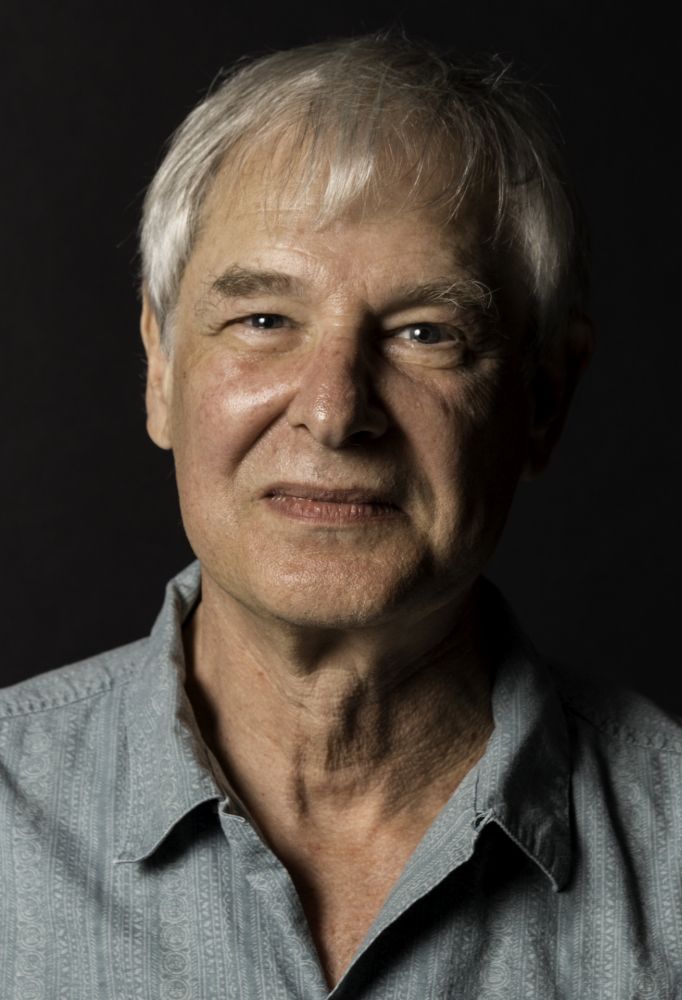
Modeling Belief Systems

It’s no secret humans are social creatures with beliefs that are, literally, all over the map. What wasn’t known was how those beliefs are influenced by our social interactions. Now, in a breakthrough study led by a UC Santa Barbara sociologist, scholars have developed a mathematical model that describes the relationship between belief systems and interpersonal influence, and what happens when underlying beliefs change.
According to the paper’s lead author, Noah E. Friedkin, a professor of sociology at UCSB, a belief system in a group — religious or political, for example — depends on a set of interlocking beliefs. Known as an opinion dynamics model, it’s a collection of attitudes, opinions, certainties or “cognitive orientation” towards a person or statement. “A person’s belief on one subject may be dependent on their beliefs in other issues,” he explained. “There’s an underlying cognitive consistency that links multiple beliefs.”
In the paper, “Network Science on Belief System Dynamics Under Logic Constraints,” which appears in the current issue of Science, Friedkin and his co-authors extend that opinion dynamics model to cover belief systems composed of interdependent beliefs. As an example, he noted, religion typically consists of an interlocked set of beliefs. If a person believes in a supreme being, he or she will also believe in the Earth’s origin story, the supreme being’s rules of worship and so on. Those beliefs are buttressed by people who share them. “If you know how someone feels about one issue, you can pretty much logically infer, on the basis of belief system structure, that they hold certain positions on other issues.”
The mathematical model described in the paper, Friedkin said, addresses two processes. One is the “interpersonal influence system” that helps shape a person’s beliefs. The other is what happens when a belief changes, and how it recalibrates a person’s beliefs on other, linked issues. “For example,” he said, “if you felt strongly about one thing and I can convince you to change your opinion on it, you would go home and, in an internal process, your brain would reorganize your beliefs that depend on the belief that has been changed.”
The paper uses the Iraq War as an example of how beliefs, or “logic structures,” function. It notes three statements that underlay the belief that the U.S. preemptive invasion of Iraq was acceptable. One, Saddam Hussein has a stockpile of weapons of mass destruction; two, Hussein’s weapons of mass destruction are real and present dangers to the region; and three, a preemptive invasion of Iraq would be a just war.
A “high certainty of belief” in the first statement implied a concomitant certainty in statements two and three, the paper noted, and polling indicated a strong majority of Americans supported the war. However, the failure to find any weapons of mass destruction negated statement one and effectively led to a cascading rejection of statements two and three. “If you don’t accept that first premise, then it’s difficult to justify or accept the statement that a preemptive war is justified,” Friedkin noted. “The cascade of changes occur on multiple issues, and that cascade has a structure to it, which is the logic structure that links a set of issues or beliefs.”
Looking ahead, Friedkin said this new mathematical model of opinion dynamics could give sociologists the tools to study overlooked complex issues. “My hope, and the hopes of my collaborators,” he said, “is that this will trigger more work on this, because the literature and the opinion dynamics have been focused on single-issue dynamics. We hope this article will trigger research on a more complex form of dynamics in which positions on multiple interdependent issues are being modified by influence network processes, and apply it to a variety of different observable cases.”
The paper was the result of interdisciplinary and international collaboration. The other authors are Anton Proskurnikov, a mechanical engineer at the University of Groningen in The Netherlands; Roberto Tempo, a social control theorist at the National Research Council in Torino, Italy; and Sergei Parsegov, a mechanical engineer at the Russian Academy of Sciences.
“It’s an interesting field,” Friedkin observed, “because without a mathematical model you simply cannot predict the destinations of the individuals’ opinions, where they end up, because these influences play out in a network structure. With both direct and complex indirect interpersonal influences at play, a mathematical model of the dynamical system is required to provide an explanation.”



